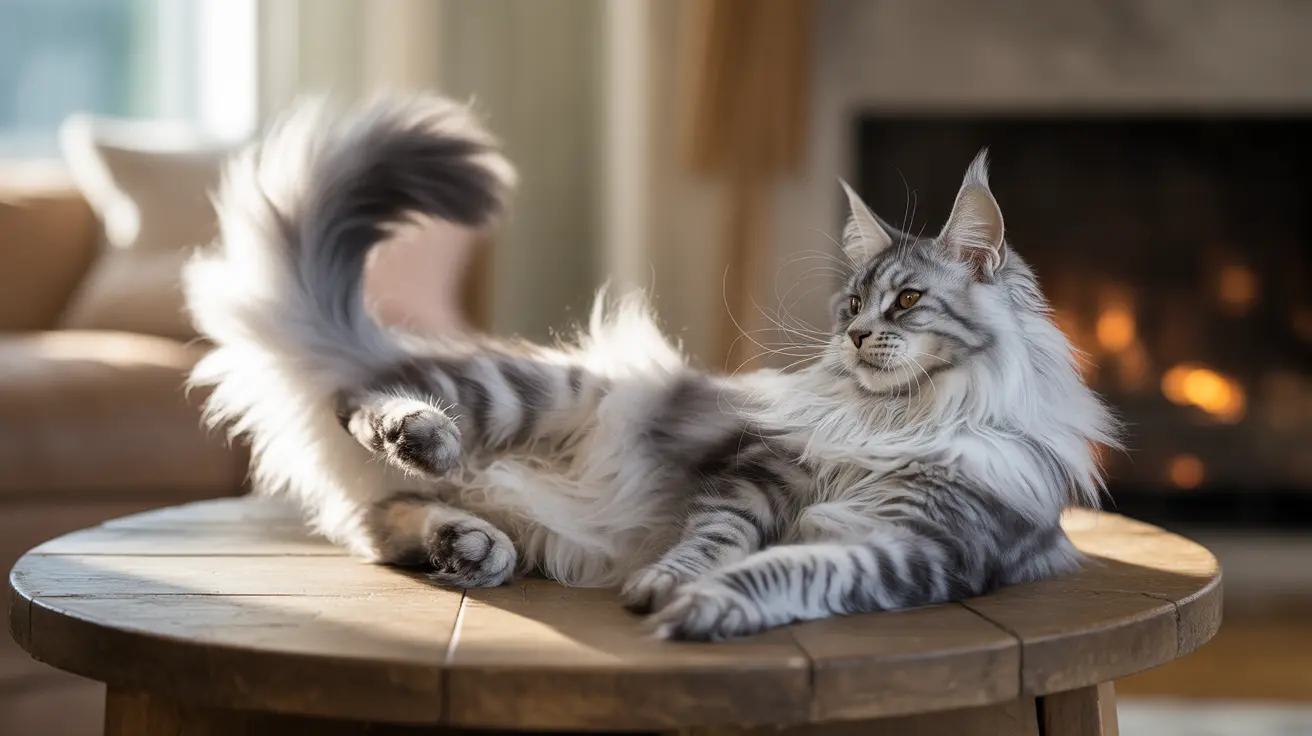If you've ever wondered about the intricate structure that allows your cat to perform those graceful tail movements, you're about to discover the fascinating world of feline tail anatomy. A cat's tail skeleton is a remarkable feat of natural engineering, combining bones, muscles, and nerves to create a highly expressive and functional appendage.
This comprehensive guide will explore the complex anatomy of cat tail skeletons, their crucial role in feline life, and how this remarkable structure enables everything from balance to communication.
The Basic Structure of a Cat's Tail Skeleton
At its core, a cat's tail skeleton consists of a series of small bones called caudal vertebrae. Most domestic cats possess between 18 and 23 of these specialized vertebrae, which decrease in size from base to tip, creating the tail's characteristic taper.
These vertebrae are connected by flexible joints and cushioned by elastic discs, allowing for the incredible range of motion we see in our feline friends. Unlike human vertebrae, which are primarily connected by ligaments, cat tail bones are held together by an intricate network of muscles, enabling superior flexibility and control.
Muscles and Nerves: The Power Behind Tail Movement
The cat tail skeleton works in concert with six main muscle groups that enable precise control and movement. These muscles run along both sides of the tail and include specialized flexors and extensors that allow cats to move their tails up, down, and sideways.
A complex network of sensory and motor nerves throughout the tail provides crucial feedback about position and movement while enabling fine motor control. This nervous system allows cats to use their tails for balance and communication with remarkable precision.
The Role of Tail Anatomy in Feline Life
The cat tail skeleton serves multiple crucial functions in daily life. As a counterbalance, it helps cats maintain equilibrium during challenging maneuvers like walking on narrow surfaces or landing from jumps. The tail's structure also enables sophisticated social communication, with different positions and movements conveying distinct emotional states.
Even the tail's length and thickness play important roles, with the bones and muscles working together to create the perfect balance of strength and flexibility needed for a cat's acrobatic lifestyle.
Health and Care Considerations
Understanding the cat tail skeleton is crucial for proper care and injury prevention. The tail's complex structure makes it vulnerable to various injuries, from minor sprains to more serious vertebral damage. Any changes in tail position, movement, or sensitivity should be evaluated by a veterinarian, as they could indicate underlying health issues.
Regular observation of your cat's tail movement and position can help you spot potential problems early, ensuring prompt treatment when necessary.
Frequently Asked Questions
How many bones (caudal vertebrae) are in a cat's tail, and does this vary by breed?
Most domestic cats have between 18 and 23 caudal vertebrae in their tails. This number can vary by breed, with some breeds like the Manx having few or no tail vertebrae due to genetic factors.
What role does the cat tail skeleton play in balance and movement?
The tail skeleton acts as a counterbalance during activities like running, jumping, and walking on narrow surfaces. It helps cats maintain equilibrium and makes precise adjustments during movement, especially during acrobatic maneuvers.
How do the muscles and nerves in a cat's tail work with the tail bones to enable its flexibility?
Six main muscle groups work in conjunction with the caudal vertebrae, while an extensive network of nerves provides sensory feedback and motor control. This combination allows for precise movements and the tail's characteristic flexibility.
What are common signs of tail injuries in cats, and how do these affect their overall health?
Common signs include drooping, lack of movement, swelling, or signs of pain. Tail injuries can affect balance, mobility, and even bladder and bowel control in severe cases, making prompt veterinary attention essential.
Why do some cats, like the Manx, have short or no tails, and how does this relate to their tail vertebrae?
The Manx breed's short or absent tail is due to a genetic mutation affecting the development of caudal vertebrae. These cats typically have fewer or no tail vertebrae, and they adapt to maintain balance through other physical compensations.






